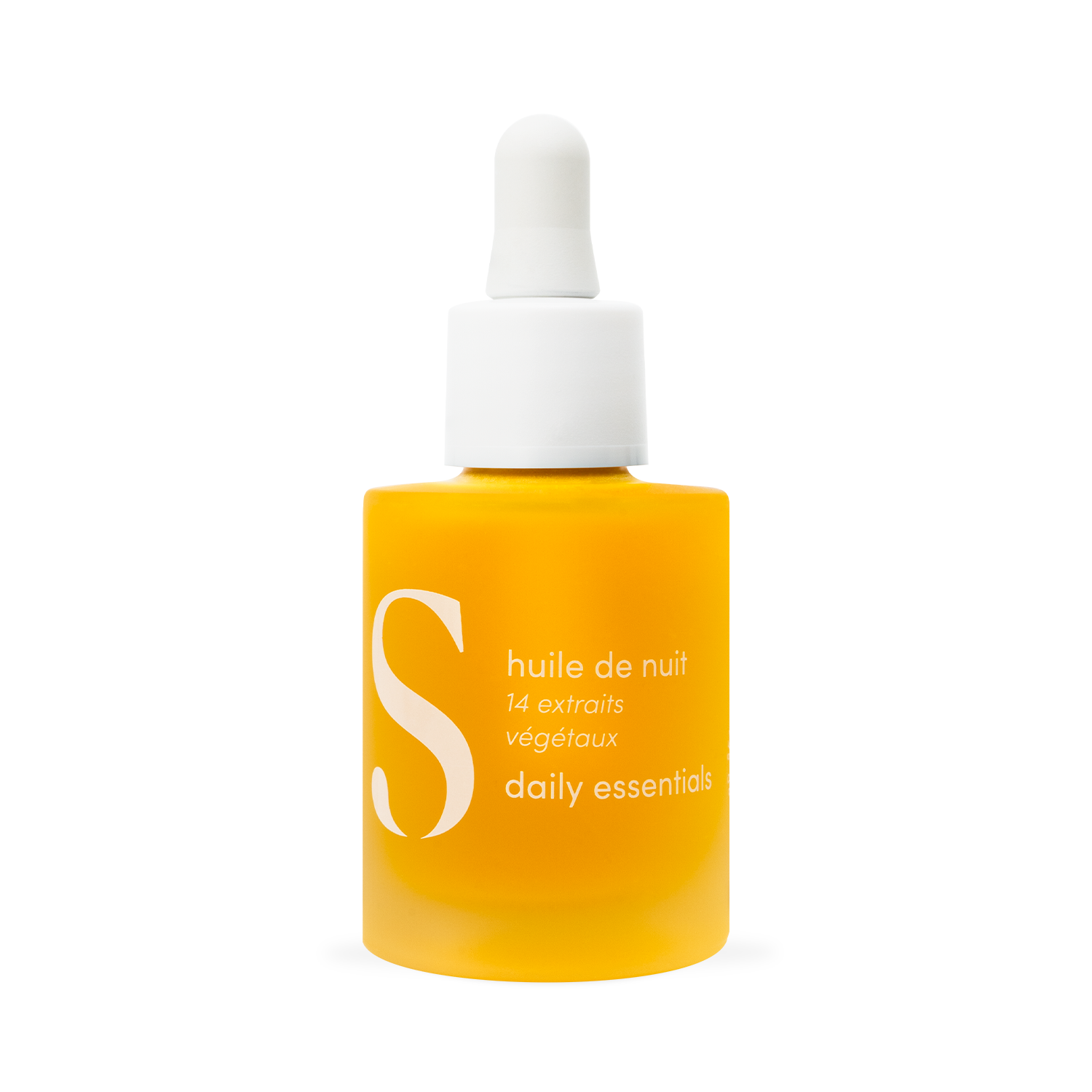How to prolong your tan?
After summer or returning from vacation, we aspire to preserve our tanned skin to prolong the sunny atmosphere of good times spent. However, this complexion tends to gradually fade over the weeks. To delay this process and prolong your tan, a few simple steps can help you.
Why does skin tan?
Tanning is a natural process that allows the skin to defend itself against the harmful effects of UV rays emitted by the sun . When skin is exposed to ultraviolet (UV) rays from the sun, it responds by producing more melanin, the pigment responsible for skin color.
Melanin acts as a sort of shield, absorbing some of UV rays to protect skin cells from damage caused by these rays. This gives the skin a darker shade, what we call tan.
It is therefore essentially a defense response of the skin against the harmful effects of the sun. However, it is important to remember that while a tan may look aesthetically pleasing, excessive sun exposure can have negative consequences for skin health, such as the risk of skin cancer and premature aging.
Do you know how long a tan lasts?
Tanning typically persists between two and four weeks after the last sun exposure , due to the process of cellular differentiation, the process by which skin cells specialize and renew themselves.
This natural mechanism involves the maturation of epithelial cells, skin cells that accumulate keratin, a protein that makes skin strong, to form the stratum corneum, the outer layer of the skin, which gradually sheds.
Keratinocytes, or skin cells that produce keratin, renew themselves in a cycle of approximately 28 days where old cells are replaced by new ones.
Therefore, the tan cannot be maintained beyond a month after exposure to the sun.
Our best tips for maintaining your tan:
Prioritize hydration
Using an after-sun treatment is essential after exposure to the sun to soothe light burns, prolong the tan, and restore the skin's hydrolipidic film, to avoid peeling. We recommend that you use our rehydrating mask , with proven effectiveness thanks to the presence in its formula of a super molecule, hyaluronic acid, in two molecular weights (high and low), to retain water in the cells and restart the production of collagen.
To maintain skin hydrated and nourished after prolonged exposure to the sun, it is recommended to apply a suitable cream daily, rich in humectants and film-forming agents. Opt for our rich cream , with acerola extract and enriched with vitamin B5, it regenerates and protects the skin from external aggressions.
Continue to exfoliate your skin
Practicing gentle exfoliations once or twice a week is beneficial for removing dead cells and brightening the complexion, without altering your tan. Our exfoliating treatments, such as our anti-grey peeling mask with AHA and PHA, or our new skin mask with fruit enzymes, are designed to accompany you all year round and maintain the softness and radiance of your skin.
Use tan extenders
You can also use tan extenders, they often contain nourishing ingredients which will help restore the skin's vitality after sun exposure and therefore reduce flaking of the skin, which can help maintain an even and even tan. sustainable.
They also contain antioxidants that help protect the skin against free radical damage, which can help prevent premature aging of the skin.
For this, we recommend our Tan Boost serum-in-oil , a 100% natural tan preparer and extender. Made from Karanja, it prepares the skin for the sun and prevents skin aging linked to the harmful effects of UV rays. In addition, it contains Melanobronze as well as oils rich in beta-carotene to provide a regular and natural tan that lasts over time.
Opt for a diet rich in carotenoids
A diet rich in carotenoids, found in foods like carrots, tomatoes, peppers, peaches and apricots, also helps maintain a tan by promoting melanogenesis, while providing antioxidant properties to protect the skin from damage caused by free radicals.




















